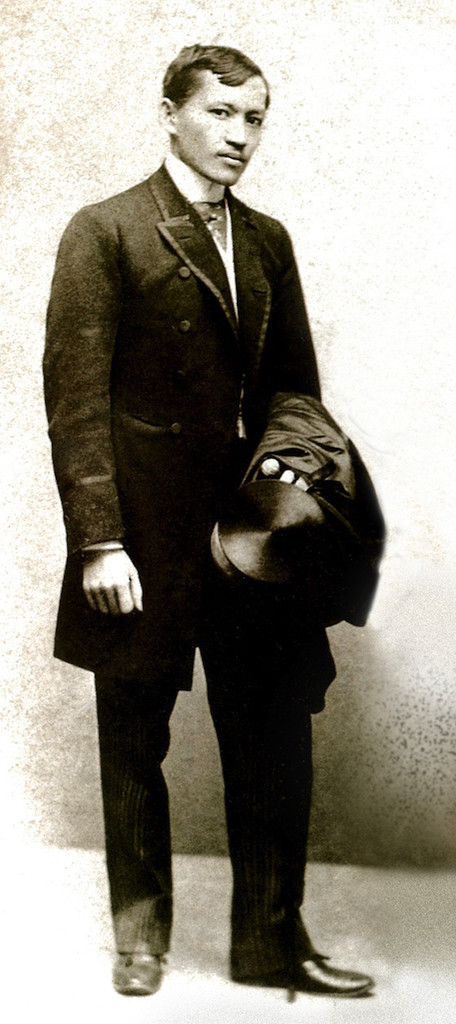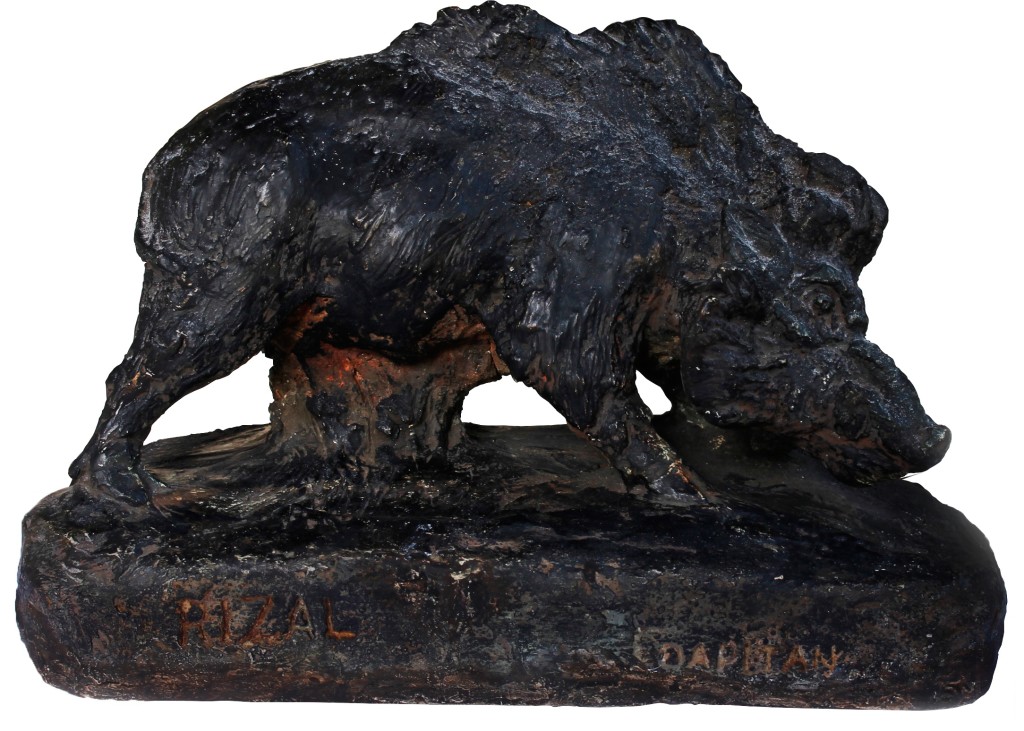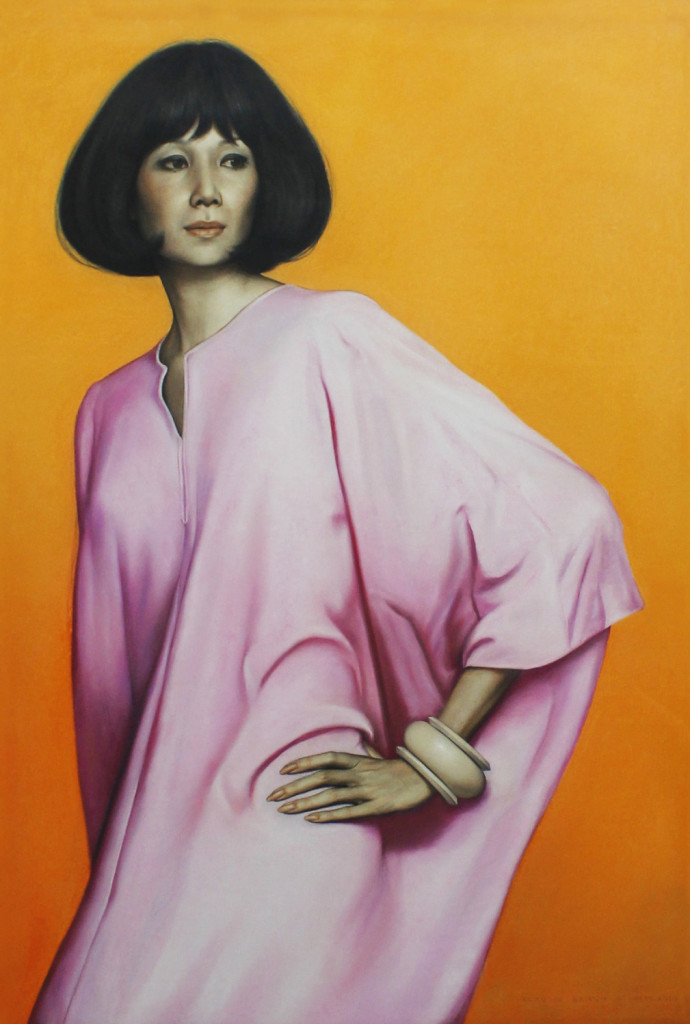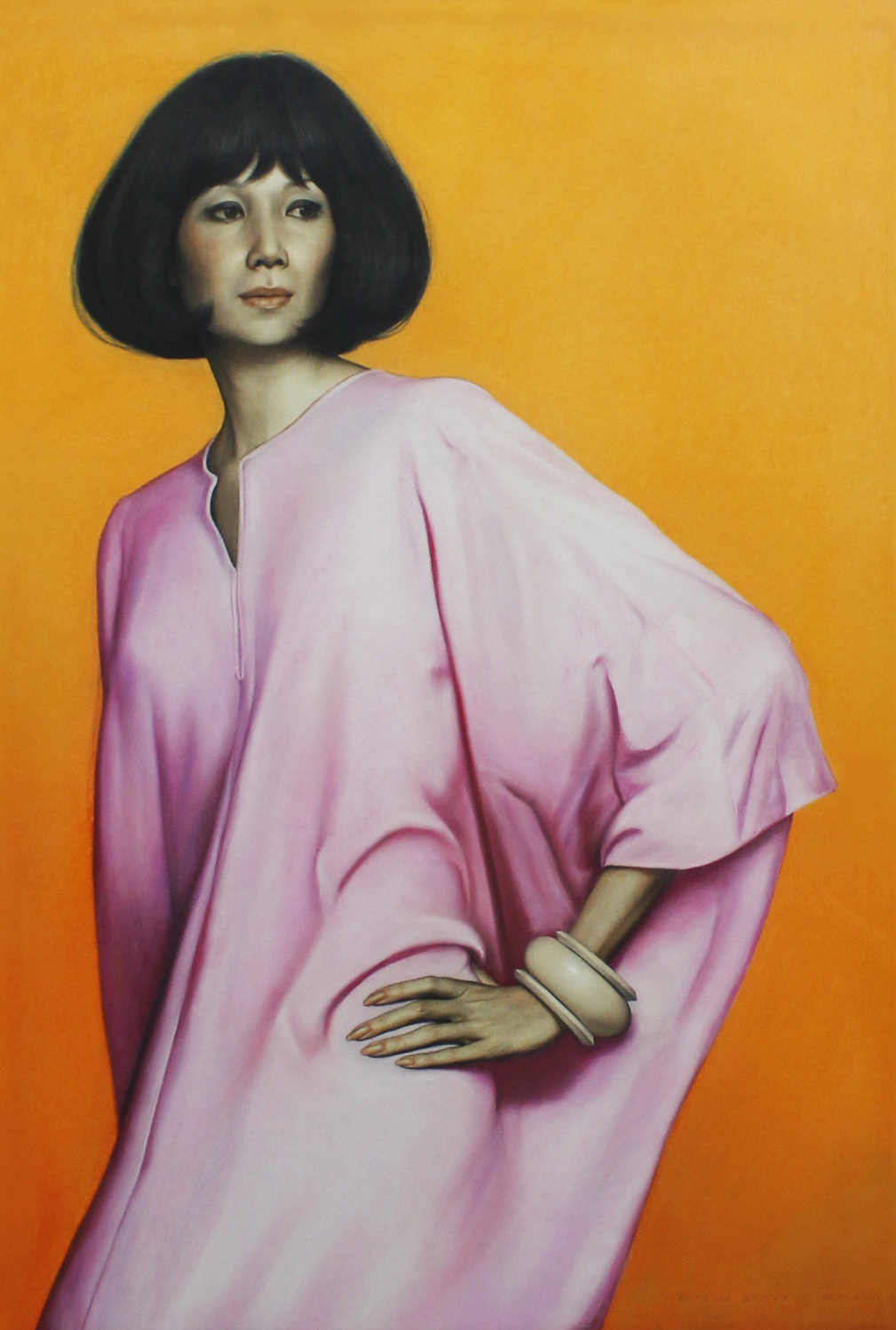By JOANNE RAE RAMIREZ
We live in a world molded by our forebears. That we pledge allegiance to a Filipino flag, and are subjects of no foreign country, is a legacy bequeathed by those who lived and died so that we may be free men — albeit too free, sometimes.
In less than a week, we will be celebrating our 118th Independence Day, a nation with fissures, but one nation nevertheless.
As always, it is time to honor Jose Rizal.
“Tried by a military court, he was sentenced to death for being ‘the living soul’ of the rebellion…†wrote historian and professor Ambeth R. Ocampo of the Ateneo de Manila University.
Perhaps what sets Rizal apart from all other great men is that he was both a fighter and a pacifist, and was such a many splendored person that he sparked lasting change in more ways than one.

(The Philippines’ national hero Dr. Jose Rizal)
“A physician by training, (Rizal) was also an accomplished marksman, swordsman, and artist. He filled many notebooks with fine drawings honed from constant practice, and when he had time, made small sculptures he gave away to friends,†added Ocampo.
I thus admire Rizal, not just for being the “soul†of the rebellion against Spanish rule, but for the genius that he was, and for offering his talents for a purpose greater than himself.
Of the fruits of his genius, few are as tangible as the only piece of artwork that is going under the hammer on June 11 — the first and only piece of Rizaliana that has ever been offered at a public auction.
Which makes Jaime Ponce de León of León Gallery, which is holding the auction on June 11, say almost with reverence: “This is the most historic auction we are mounting to date.â€
To be auctioned this Saturday (with previews starting June 4) is the heavily-insured Jabali (meaning “wild boarâ€), one of the few extant pieces from the 43 pieces of sculpture molded by Rizal in his lifetime, many of which were lost or pulverized during World War II. The 122-year-old piece was created by Rizal from clay and plaster while he was living in exile in Dapitan.
“It’s in very good condition,†observes Jaime.
Fortunately for future generations, and that’s including us, this piece was kept and treasured by the sister closest to him, Narcisa, who accompanied Rizal all the way to Dapitan and back to Manila for his execution. She was the sister who discovered Rizal’s unmarked grave in Paco cemetery and retrieved his bones. Narcisa married a Lopez and handed down Jabali in one unbroken line to her descendants, who included Don Antonio Bantug, the esteemed art collector.
According to Jaime, there is reportedly no other piece of Rizal sculpture on display in any museum as of this writing.
Hence, he believes, “The Philippine government should be a contender for this one, the National Museum or the Bangko Sentral ng Pilipinas, the Lopez Museum, among other collectors.â€
And why not? To have literally been molded by a hero, a National Hero at that, is a distinction beyond compare. To own something Rizal once cradled is having a piece of history at one’s fingertips.
Jaime says that the June 11 auction, dubbed “The spectacular mid-year auction 2016 (The Grand Independence Day Sale),†is not just León Gallery’s most “historic,†it is also “arguably our best collection of works so far.â€

(Jabali, or wild boar – one of the few extant pieces from the 43 pieces of sculpture molded by Rizal in his lifetime)
Aside from the Rizal sculpture, up for auction are an important Resurreccion Hidalgo, a newly discovered gem of a Botong Francisco (found in a dress shop in London!), portraits of the iconic beauty Chona Kasten and an immensely important BenCab.
Hidalgo, a contemporary of Rizal, was one of only two Filipino artists (the other being Juan Luna), who received international acclaim in the 19th century. Up for auction is Hidalgo’s Chateau d’If, better known as the prison that held the Count of Monte Cristo of the Alexandre Dumas novel.
A piece that really “got my heart beating,†according to Jaime, is the Botong that a London collector discovered in a dress shop! He had the painting in his garage for years till he Googled the name “Carlos Francisco†and lo and behold! He stumbled into a goldmine.
Dated 1960 with the Angono fiesta as its backdrop, the Botong painting is unique in that it can fit into an easel whereas most of Botong’s works are murals (including the one facing guests when they descend Malacañang’s Grand Staircase). With the Angono fiesta as its subject, it provides a unique and affectionate look at Filipino town life as seen from the curb across the parish Church. In crisp and vivid hues (“You cannot copy the colors of a Botong,†swears Jaime.), the painting shows a female vendor washing plates in a palanggana (basin), a man cooking his specialty in a kawa (cauldron), people in a huddle over a feast in a nearby wooden table as colorful banderas flutter above them.
“Botong was considered as the ultimate Filipino artist because his paintings were of the common folk. He died in 1969. During the power years of the Marcoses, he was deluged with commissions by Mrs. Imelda Marcos because at the time, he was the premier artist. The Malacañang stairway has a Botong, in Manila City Hall there’s a Botong. He was in the most important buildings at the time, so his works were large-scale commissions. So to find easel-sized paintings of Botong is very difficult,†explains Jaime why his heart beat like a drum during an Angono fiesta when he saw that particular Botong rescued from a London dress shop.

(Portrait of Chona Recto)
During her time, artists vied to do portraits of Chona Recto Ysmael Kasten, mother of Louie Ysmael and Techie Bilbao. The daughter of statesman Claro M. Recto, Chona was the toast of Manila high society and was immortalized twice by Fernando Amorsolo. Chilean master Claudio Bravo also captured Chona on canvas and these two portraits of Chona have been assembled for the first time for the auction, “as an unusual chronicle of a life well-lived†and a bygone era.
Another treasure in this auction is the BenCab, for obvious reasons.
“To find a BenCab is not an easy enterprise, as the demand for his works is overwhelming here and abroad,†notes Jaime. León Gallery will be presenting one titled Isadora in Motion, a 1998 masterpiece that is a tribute to the famous dancer Isadora Duncan.

(PeopleAsia editor-in-chief Joanne Rae Ramirez with Jaime Ponce de León)
Decades ago, when some of our renowned artists were still struggling, foreigners working in the Philippines would buy their pieces and pack them with their stuff when they returned to their home countries. Sometimes the works of art would stay in storage, and others, forgotten in the humdrum of daily life. And then one day the artists’ works rose to the value of flawless diamonds, and lucky were those who, according to Jaime, discovered the Anita Magsaysay-Ho in a garage sale in Beverly Hills, and the astute eye who saw a BenCab being sold by the Salvation Army! It’s indeed like winning the Lotto!
History is art, and art is history. Art is a chronicle, a “witness†as well as a “weapon†of and for our times. It is but fitting that before Independence Day, mute witnesses to history, one of them touched by a hero, are emerging to tell us the story of our lives.
León Gallery is at the G/F Eurovilla 1, Rufino corner Legazpi Streets , Makati. It may be reached at +632 8562781.
Editor’s note: This article was first published in the Philippine STAR‘s Allure section on June 7, 2016.Â





